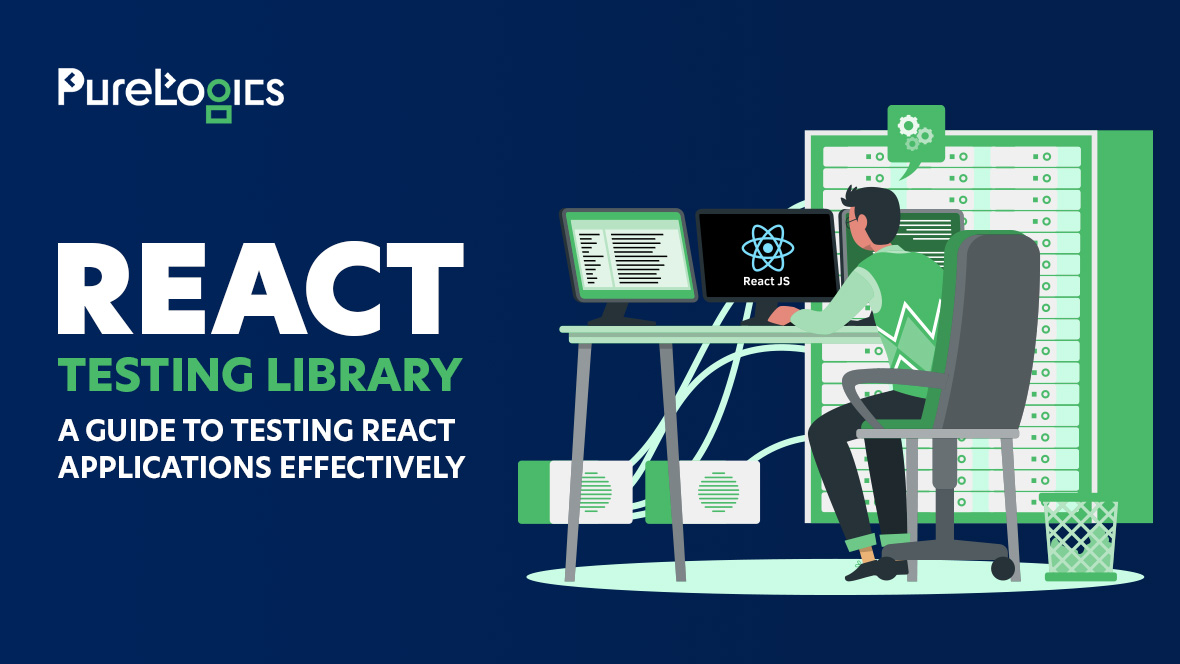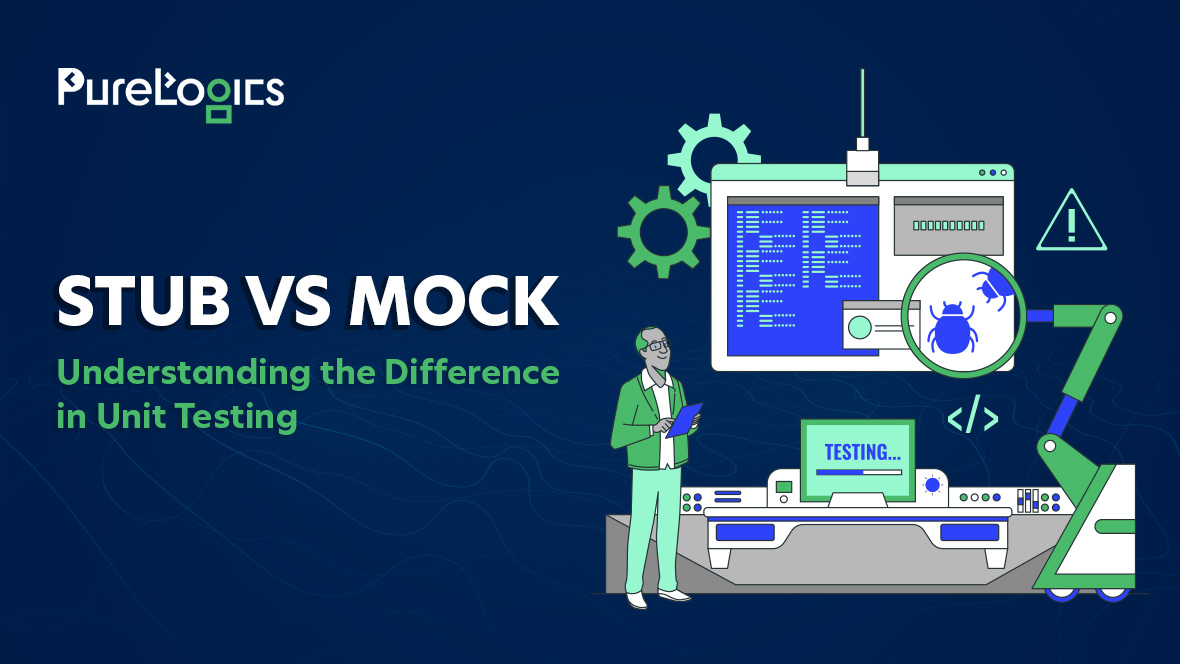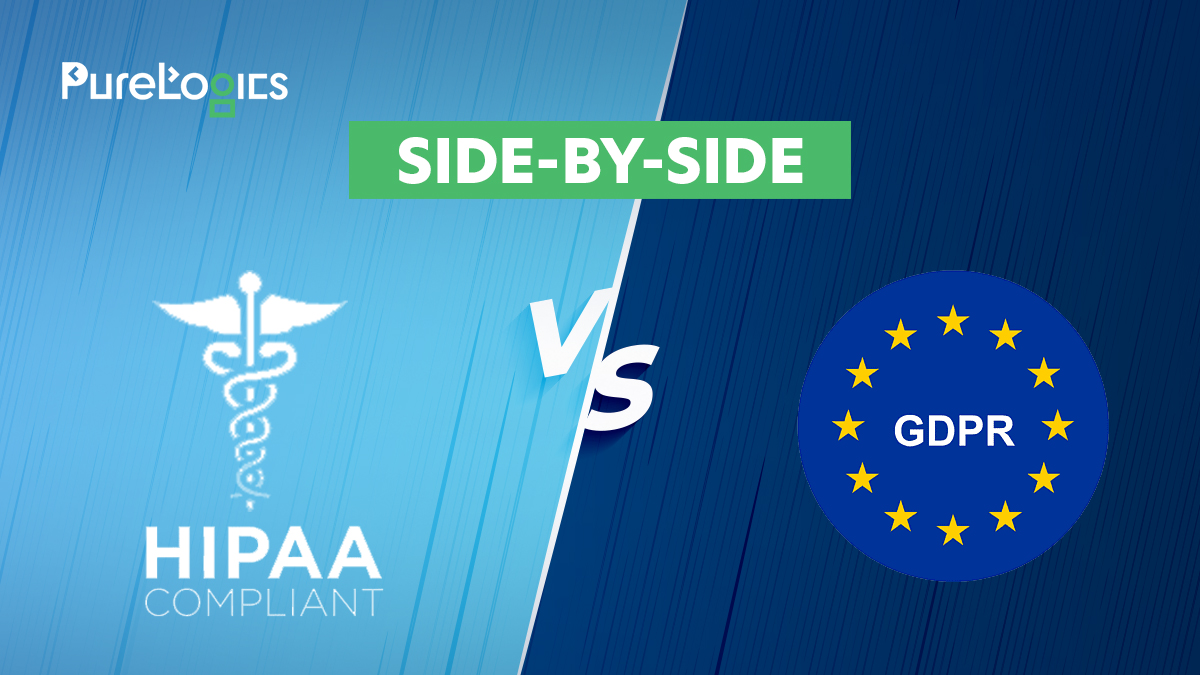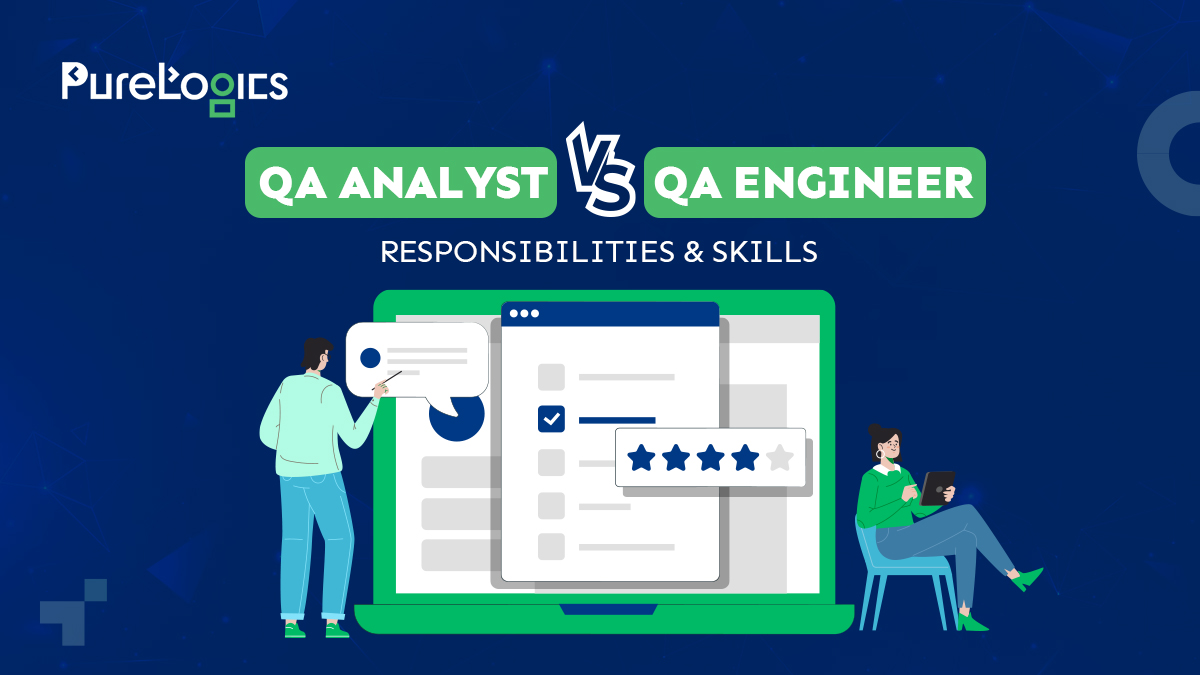Test Plan and Test Strategy are the terms that have significant importance in software testing. Both are important parts of the QA process. But they are often thrown around, misinterpreted, and used interchangeably. Both terms have different scopes, goals, and content.
So, we thought to throw light on ‘test plan vs test strategy’ and explain how they work in the testing lifecycle.
- If you design a test strategy as a separate entity, it takes the role of an essential document for further testing activities. In this scenario, the document will have a strong impact on the composition of test plans.
- On the other hand, in some companies, a test strategy can be like a part of a comprehensive test plan document that serves as a test approach for a particular project.
What is a Test Plan?
A test plan is a high-level document that outlines all related information and guidelines regarding testing. It explains how the testing process will be carried out, and what tools will be used to test a software application.
Not only this, but a test plan also defines the approximate time of completion of test modules, the required number of resources, test planning, design information, and the test environment of the software application.
Key Components of a Test Plan
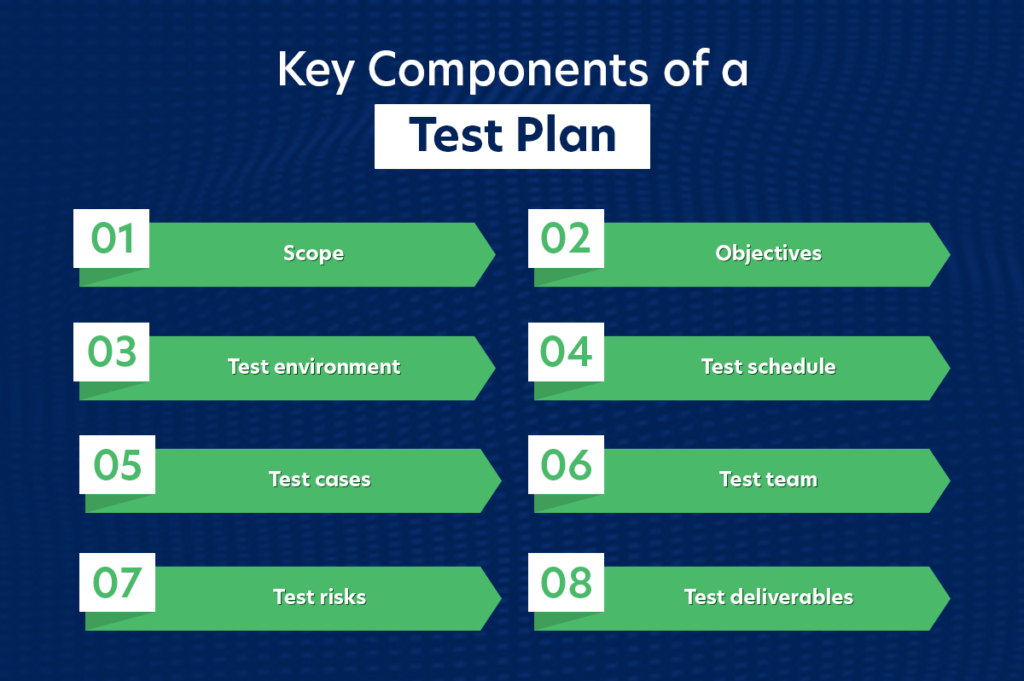
Scope
The test plan outlines what features, modules, and functionalities of a particular software will be tested.
Objectives
It describes the purpose of a testing process. It includes the identification and solution of a project. A test plan ensures that the functionalities of a software application will follow all applicable compliance policies.
Test environment
This section of a test plan describes the hardware and software resources you need for testing purposes. It includes all tools and technologies you will use for testing.
Test schedule
A timeline is established to specify when testing activities will take place. The test schedule comprises milestones, deadlines, and dependencies.
Test cases
Another important component of a test plan is the creation of detailed test cases or scenarios. These test cases specify the testing steps, expected results, as well as pass/fail criteria.
Test team
In this step, professionals are selected and their roles are defined.
Test risks
This step includes the identification of potential risks in the testing process as respective mitigation strategies.
Test deliverables
The test plan also specifies the reports and documentation to be generated as a result of testing. They can be error reports, test summary reports, etc.
Importance of a Test Plan in Software Testing Process
Writing a test plan is the first and foremost part of planning testing efforts. It is important for several reasons, but the two most significant reasons are the following.
First, a written test plan guides our thinking. It enables us to actively confront the awaiting challenges and focus our reasoning on important topics.
Second, the process of test planning as well as the plan itself functions as the means of healthy communication with other project members, testers, managers, peers, and other stakeholders.
What is a Test Strategy?
Test strategy is a high-level, comprehensive plan or document that defines the principles guiding the complete software testing process. This document provides you with a step-by-step approach to how the QA team will carry out the testing process across multiple projects in the most efficient way.
It can’t be wrong to say that a test strategy is like a compass that guides your company’s approach to testing.
Key Components of a Test Strategy
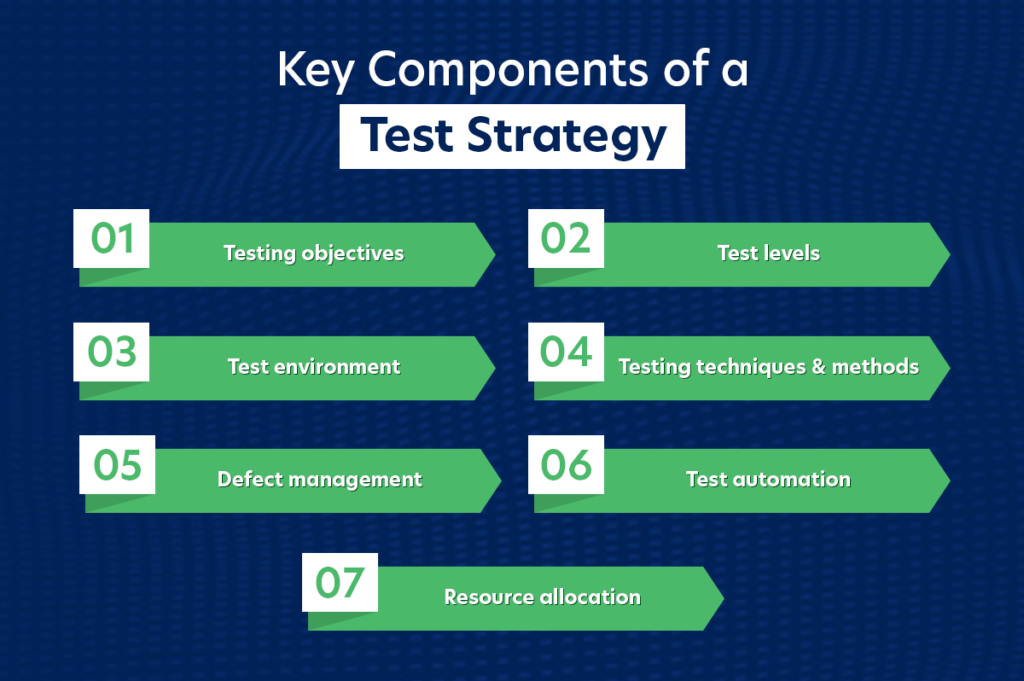
Testing objectives
A test strategy defines the overall objectives of the testing efforts. It includes maintaining software quality, meeting compliance, and security, and providing the best user experience.
Test levels
It specifies different levels of software testing. The test levels can be unit testing, integration testing, system testing, user acceptance testing, etc.
Test environment
This section of a test strategy describes the common test environment. It includes all the infrastructure you will use for testing.
Testing techniques and methods
The test strategy outlines the testing methods, techniques, and best practices to be followed.
Defect management
It defines how your team will track, report, and manage defects during testing.
Test automation
If automation is a part of the testing process, the test strategy will define the extent of automation and the tools to be used for the testing process.
Resource allocation
The test strategy document specifies the allocation of testing resources which includes human resources, hardware, and software.
Importance of Test Strategy in Software Testing Process
A good test strategy is like the backbone of a software testing process. It not only identifies the errors but also assesses the software’s usability and portability.
It enhances the quality of testing methods and continuously improves the software testing process. Moreover, a perfect test strategy paves the way for the development of quality software that can perform self-testing using its smart debugging techniques.
Test Plan vs Test Strategy Example
Let’s suppose you are managing a project and your task is to create a new e-commerce website.
Test Strategy
Your test strategy for all e-commerce projects at your company describes the approach you will use to perform testing. It outlines that your e-commerce project typically includes:
- Unit testing by developers
- Integration testing, ensuring all components work together
- System testing to verify the entire website
- User acceptance testing by users before going live
This test strategy ensures that you will extensively use automated testing to cover regression testing and standardize all test environments with the same configurations.
Test Plan
Now, for your specific e-commerce project, the test plan will highlight the overall details. It describes that you will test the registration of the website and login functionalities, product search and purchase, payment processing, and order tracking.
It lays out the specific test cases for each functionality, the test schedule, and the testing team that will execute the tests. It also includes risk assessments and mitigation strategies tailored to this project.
So, a test strategy provides a broad, high-level approach to testing e-commerce projects, while your test plan offers an all-inclusive roadmap for testing the specific website that is being developed.
Difference Between Test Plan and Test Strategy
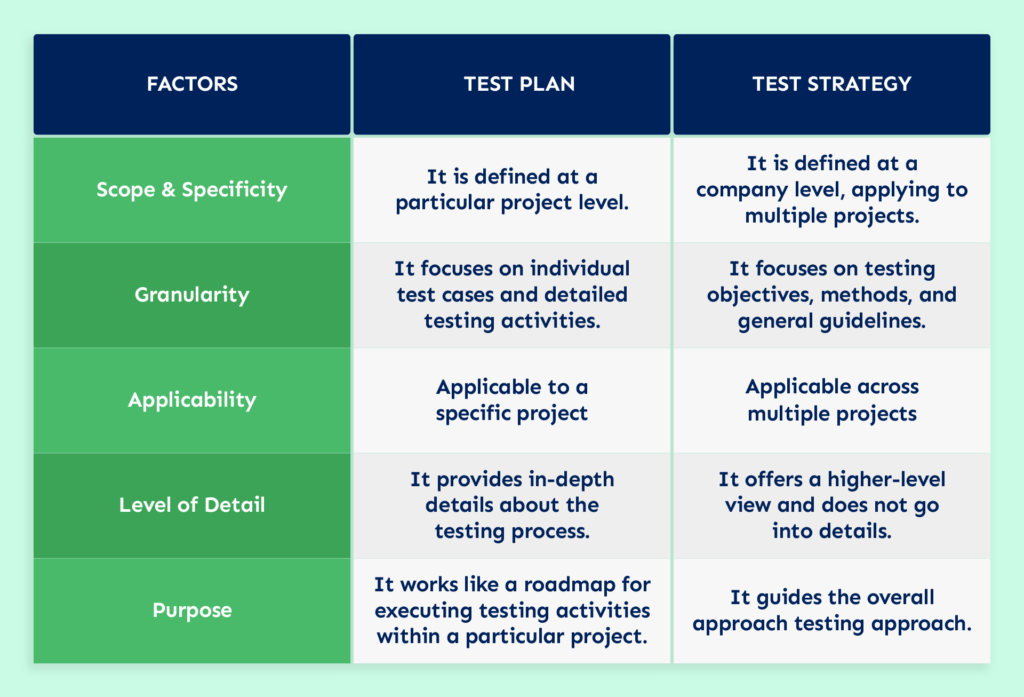
Test Plan vs Test Strategy: Final Remarks
Now you know that test plan and test strategy are both important parts of a software testing process, but they serve differently at different levels of granularity. So, next time you start the software testing process, always remember the difference between a test plan and strategy.
For more queries, feel free to contact our best and brightest QA team!
Frequently Asked Questions
Q.1. What is a test plan document?
It is a business document where you have details of your project’s test plan. It includes approach, scope, features to be tested, tools and techniques, test environment, along with a proper schedule of tasks to be performed.
Q.2. Which comes first, the test strategy or test plan?
Test Plan is a high-level, comprehensive test document. It outlines the testing activities and risk and testing techniques planned for a particular project. The test plan also includes a test strategy.
Q.3. What is the basic format of a test plan?
A test plan typically includes the following parts:
Introduction > Scope > Objectives > Approach > Schedule > Roles and responsibilities > Risks and assumptions > Deliverables > Exit criteria > Review and approval
Q.4. What is the basic format of a test strategy?
A test strategy typically includes the following parts:
Introduction > Testing objectives > Test levels > Test types > Entry and exit criteria > Test environment > Roles and responsibilities > Risks and contingencies > Test schedule > Approach and techniques
Q.5 How can I write a test plan?
Follow these simple steps to write a perfect test plan.
- Understand the project
- Define testing objectives
- Identify what is included and excluded
- Plan resources, tools, and time needed
- Choose the testing methods and techniques
- Create a complete schedule for testing
- Assign who will do what in the testing process
- Identify and address potential issues
- Document everything in an understandable way
- Review and get it approved by relevant stakeholders
Q.5 How can I write a test strategy?
Follow these simple steps to write a perfect test strategy.
- Understand goals, scope, and requirements
- Set what to achieve with testing
- Decide on the test approaches you will use
- Identify different levels of testing
- Specify test types (e.g., functional, performance)
- Plan resources, tools, and requirement testing
- Identify and address potential challenges
- Create a schedule for a complete testing process
- Assign who will do what in the testing process
- Document everything in an understandable way


 [tta_listen_btn]
[tta_listen_btn]
 November 22 2023
November 22 2023


